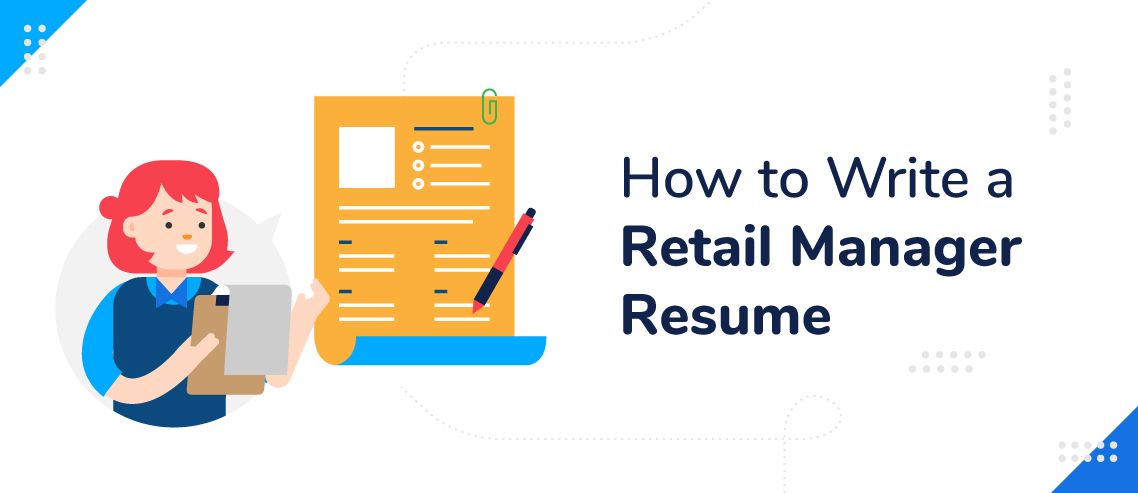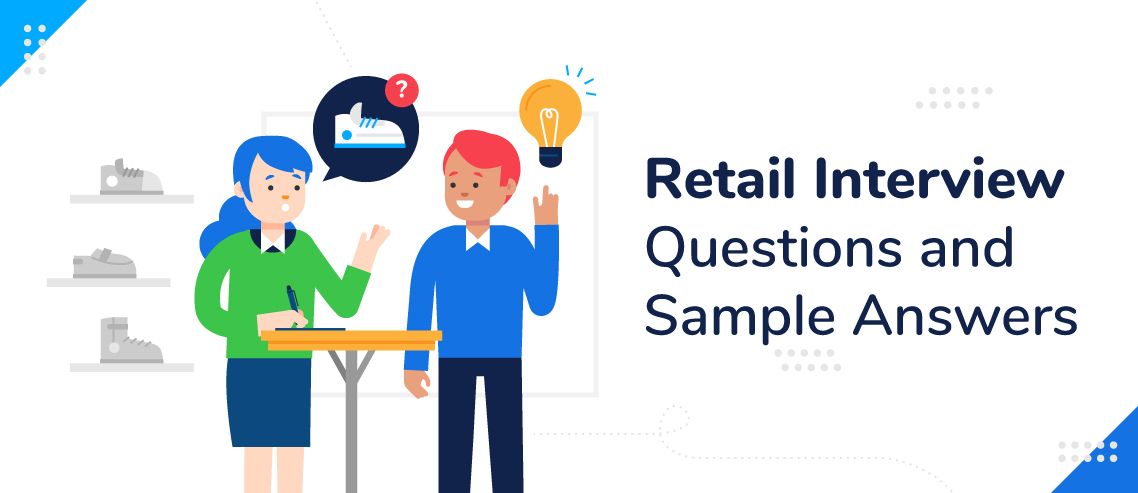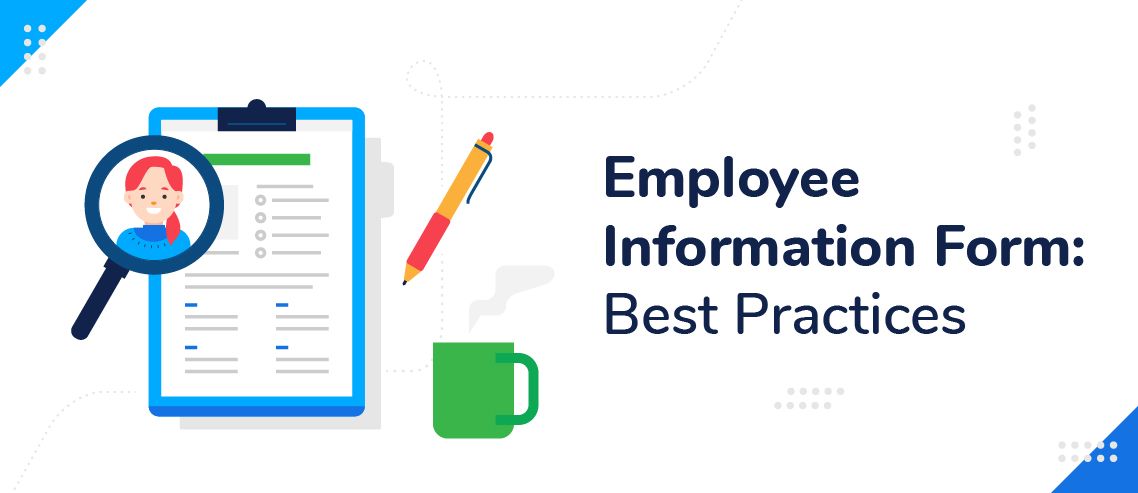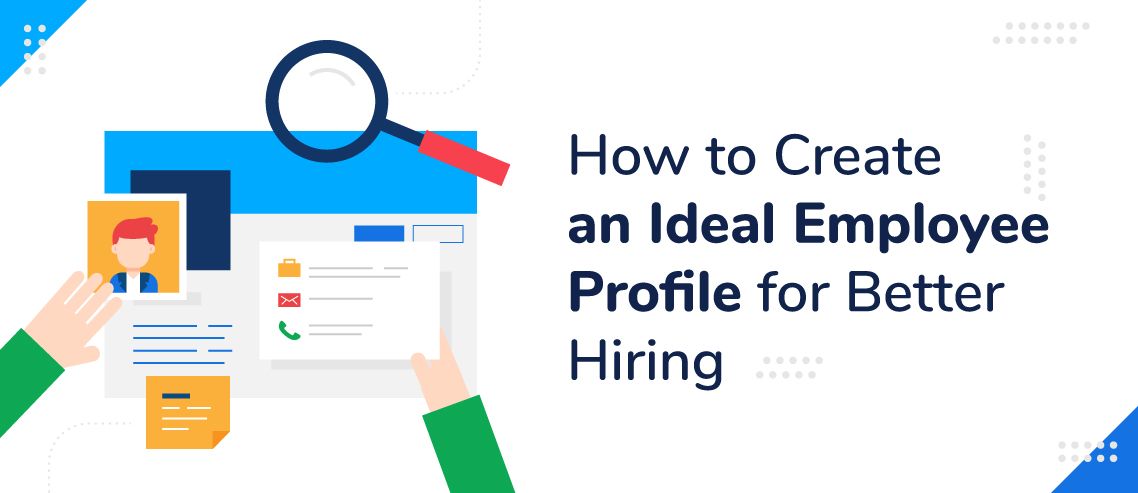How to Write a Retail Manager Resume (with Examples)

Retail managers run the show. They wear a lot of hats and are often responsible for maintaining the brand’s image and creating wow moments for customers.
It’s not an easy job, but it’s a rewarding one.
As with all great gigs, the line to the top is long, and standing out is more difficult than ever. Before nailing the interview, you have to get your foot in the door, and your resume matters more than you think.
The structure, the cover letter, the body, and the skills all need to scream “take a look at me,” and if they don’t, you better believe it’ll end up archived or in the trash.
Here’s how to write a retail manager resume that’s sure to impress:
Structuring Your Retail Manager Resume
Your resume should feel sleek, uncluttered, and easily skimmable. For starters, it should always be one page. On average, hiring managers are giving it a six-second skim, and the chances of them flipping the page are slim to none.
Skip the fancy fonts and settle on something classic that’s free of distraction. Johanna Fleming, a Services Recruiter at HubSpot, says, “I’m a big fan of the ‘classics’ for resumes – Times New Roman, Arial, Calibri, Helvetica, and Cambria. I’m a little old school, but I think they are the cleanest and exude professionalism.”
Use headings strategically to grab the reader’s attention. Instead of “experience,” put “retail management experience.” If you’ve worked for notable brands that are eye-catching, find ways to make them stand out too.
Ideally, your resume is in reverse chronological order, so they see what’s fresh. While you’re at it, skip any old school stuff that isn’t relevant to the job you’re applying for. They don’t need to know you delivered pizzas through college.
Steps to Writing a Retail Manager Resume
There are countless ways to write a resume, so don’t stress too much over the style or making sure you follow every best practice on the internet. The best thing you can do is make it stand out and stay true to what you bring to the table. Here are some tips to help you along the way:
Step 1: It all starts with the cover letter
Most job applications will require a cover letter. It serves as your first impression, even though you’re often not there in person when someone reads it.

A cover letter should be unique to the job you’re seeking. You can reuse a line here and there, but it should never be a copy/paste job. A custom cover letter that’s tailor-made for the role you’re applying for shows enthusiasm.
When possible, use the hiring manager’s name instead of a generic “to whom it may concern” and lean hard into the experience you have but what specific skills you bring to the table – bonus points for sales figures, awards, and budget areas you’ve optimized.
Step 2: Follow through with a hard-hitting summary
Maybe they skim the cover letter or toss it out altogether. No matter, the summary statement will briefly summarize why you’re the ideal candidate.

The summary section should ideally be brief, and if it’s not, it should be anything but boring. It should contain power words that paint a picture of what it’s like to see you in action. More importantly, it should give a sense of the kind of results you’d bring to the role.
Step 3: Showcase your education
Hiring managers want to see that you’ve invested in yourself. Plain and simple.
That doesn’t mean you have to have a fancy degree from a top-tier university. It could mean that you took some certification courses or online classes.
A lot of people leave a generic education section with the degree attained plus the school and leave it at that. That’s a mistake. Pepper in some relevant classes, papers, or subjects that might impress the hiring manager. The more specific, the better.
Step 4: Provide some depth with work experience
You’ve explained that you’re the best candidate for the role, and now it’s time to back it up. The work experience section should start in reverse chronological order and cover your career history and relevant accomplishments.

Again, the more specific, the better. Steer clear of any general list of responsibilities and focus more on the results you brought the company. Hiring managers aren’t looking just to fill a role. They want to level up their store and see greater results.
Step 5: Top it off with a comprehensive skills section
Experience is great, but what tangible skills do you have? Here’s where you dive deep into your communication skills, technical proficiencies, and share relevant skills that may give you a leg up as a candidate.

A good rule of thumb here is to comb over the job posting again and pull words, skills, and proficiencies in there that match your talents and experience. As before, specificity reigns supreme, so if you use a specific point of sale (POS) system or are proficient in scheduling with ZoomShift, don’t hesitate to list it.
Resume Building Best Practices
If you made it this far, you’re already lightyears ahead of the competition. Remember to carefully read through the job description and the company’s mission and vision statement for terminology you can use in your resume and cover letter. Every resume should be unique to the job you’re applying for.
Focus less on yourself and more on what you can do for the company. Focus more on accomplishments than responsibilities. Triple or quadruple check it for errors and grammar mistakes and read it out loud or give it to a friend to be 100% sure that it’s error-free.
Retail management isn’t a flashy job, but it’s honest work and can be very rewarding. If you present yourself the right way, there’s no limit to the potential a role like that can bring you.
What are some other tips for writing a retail manager resume? Share your secrets in the comments below:
JD enjoys teaching people how to use ZoomShift to save time spent on scheduling. He’s curious, likes learning new things everyday and playing the guitar (although it’s a work in progress).



